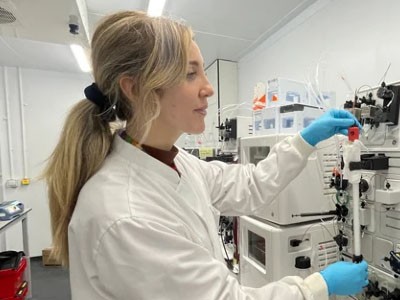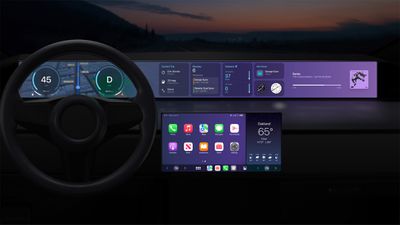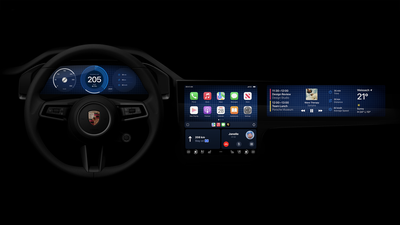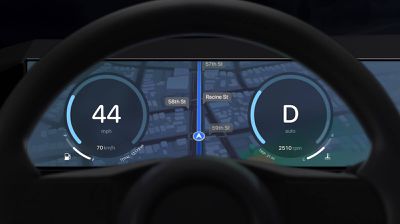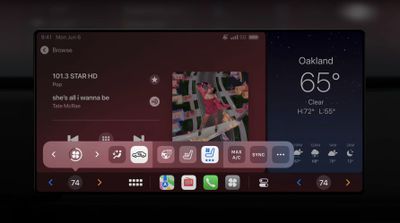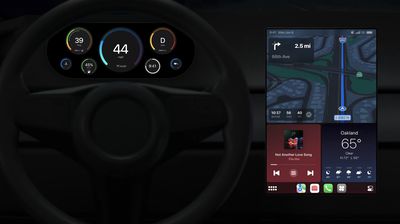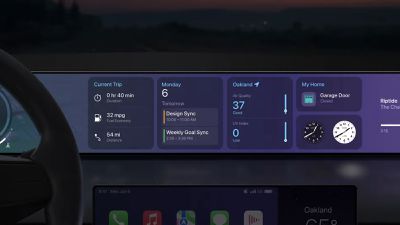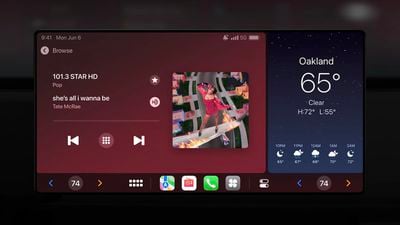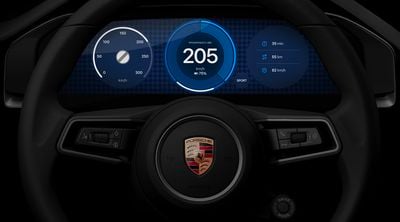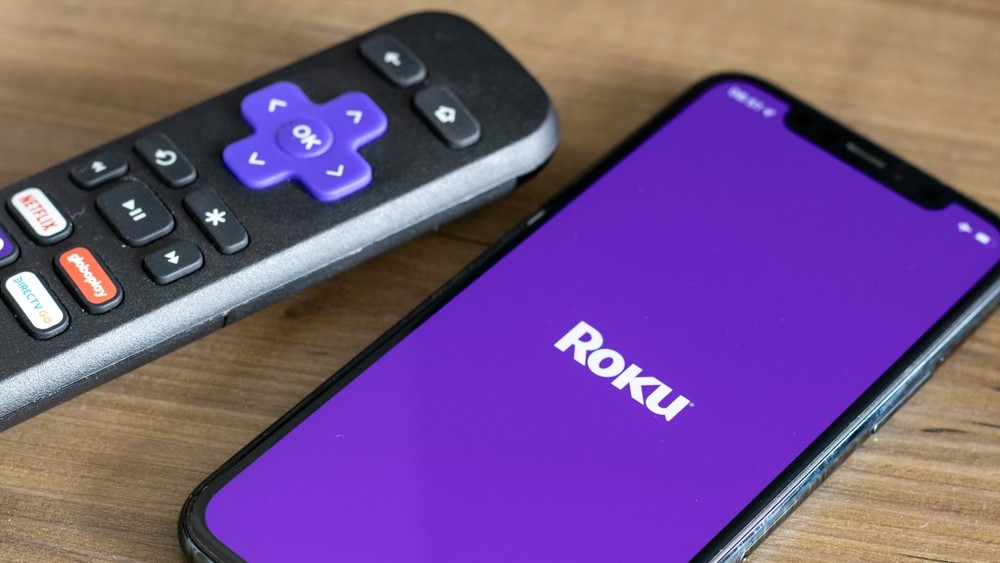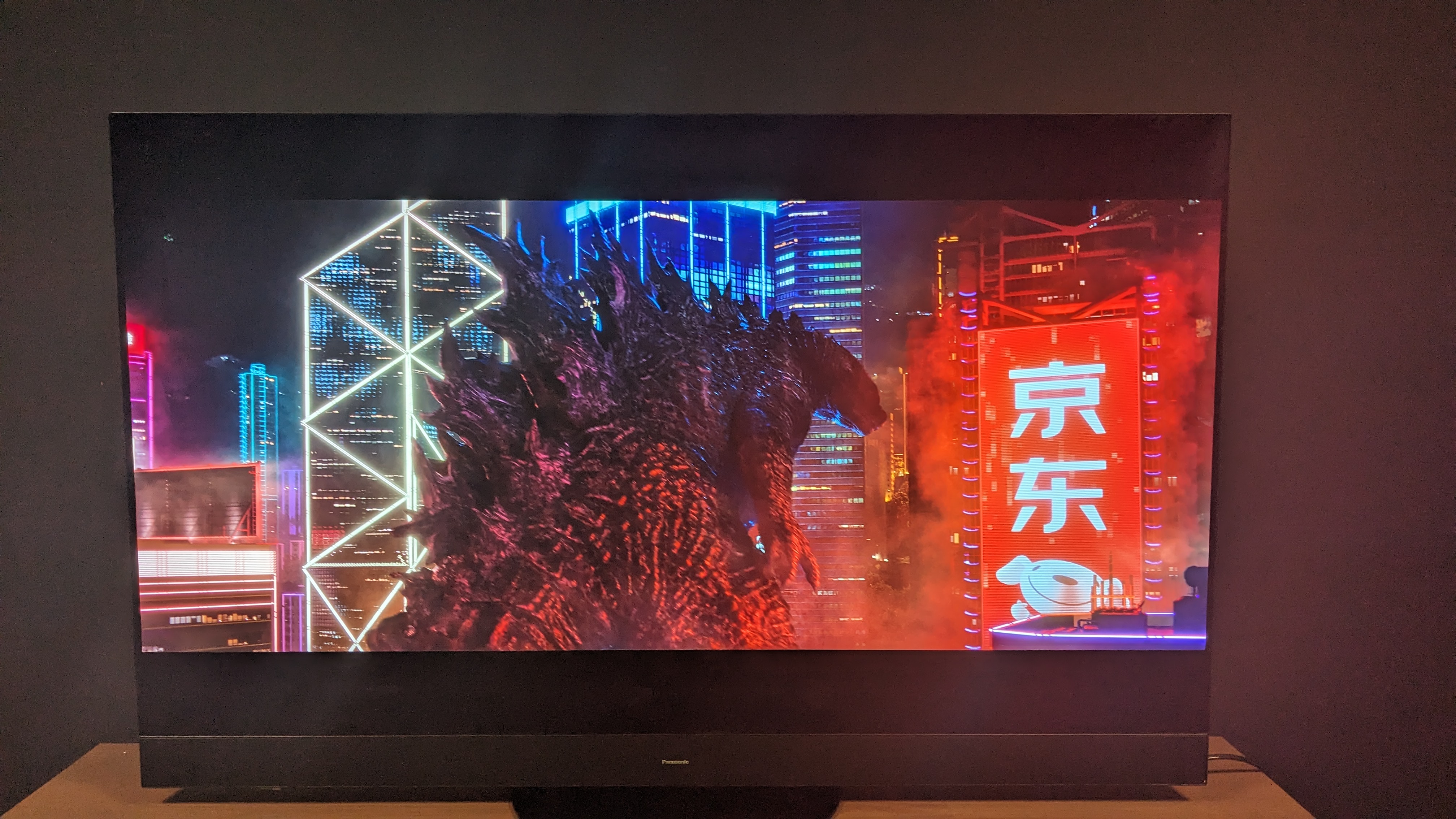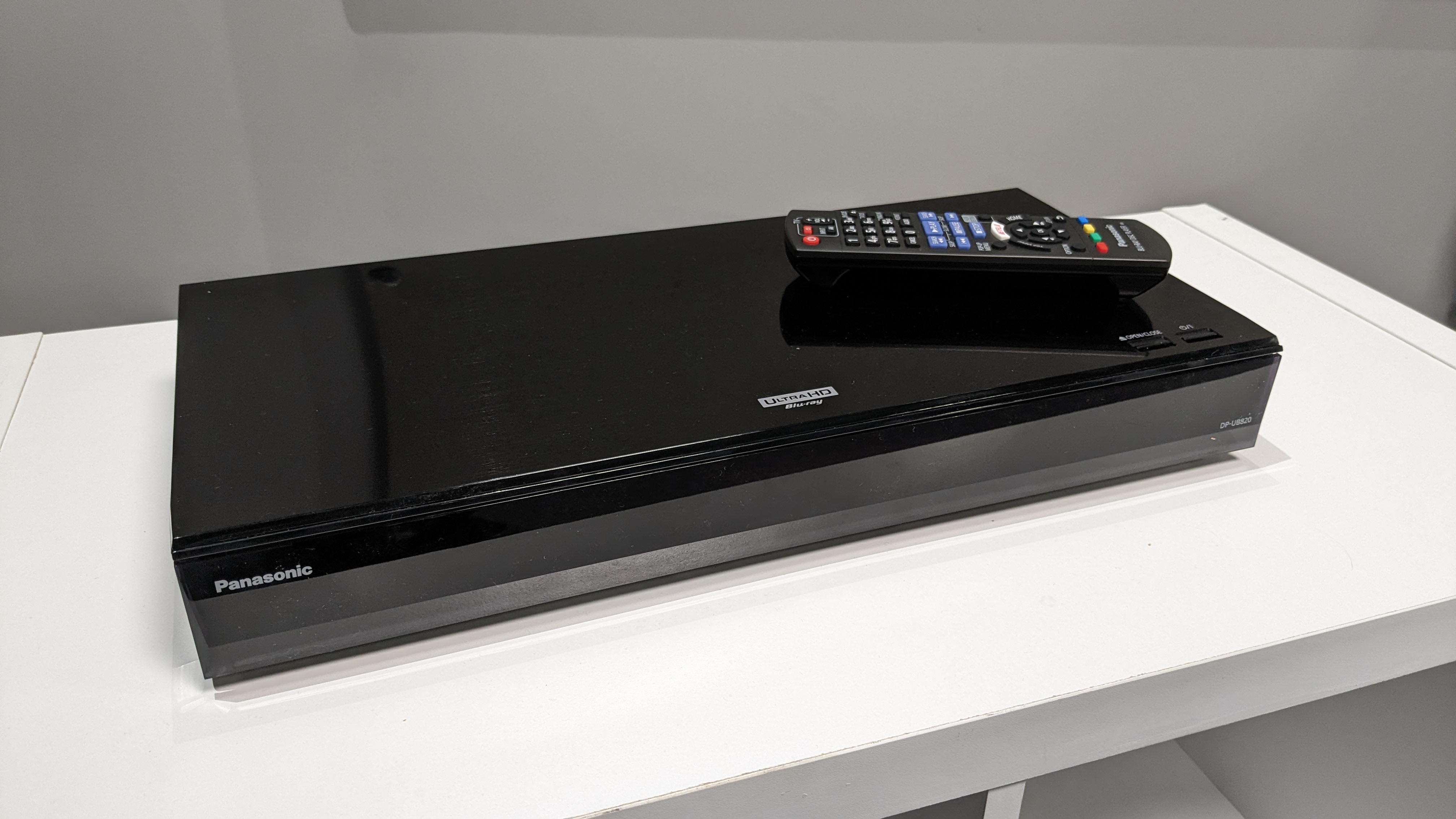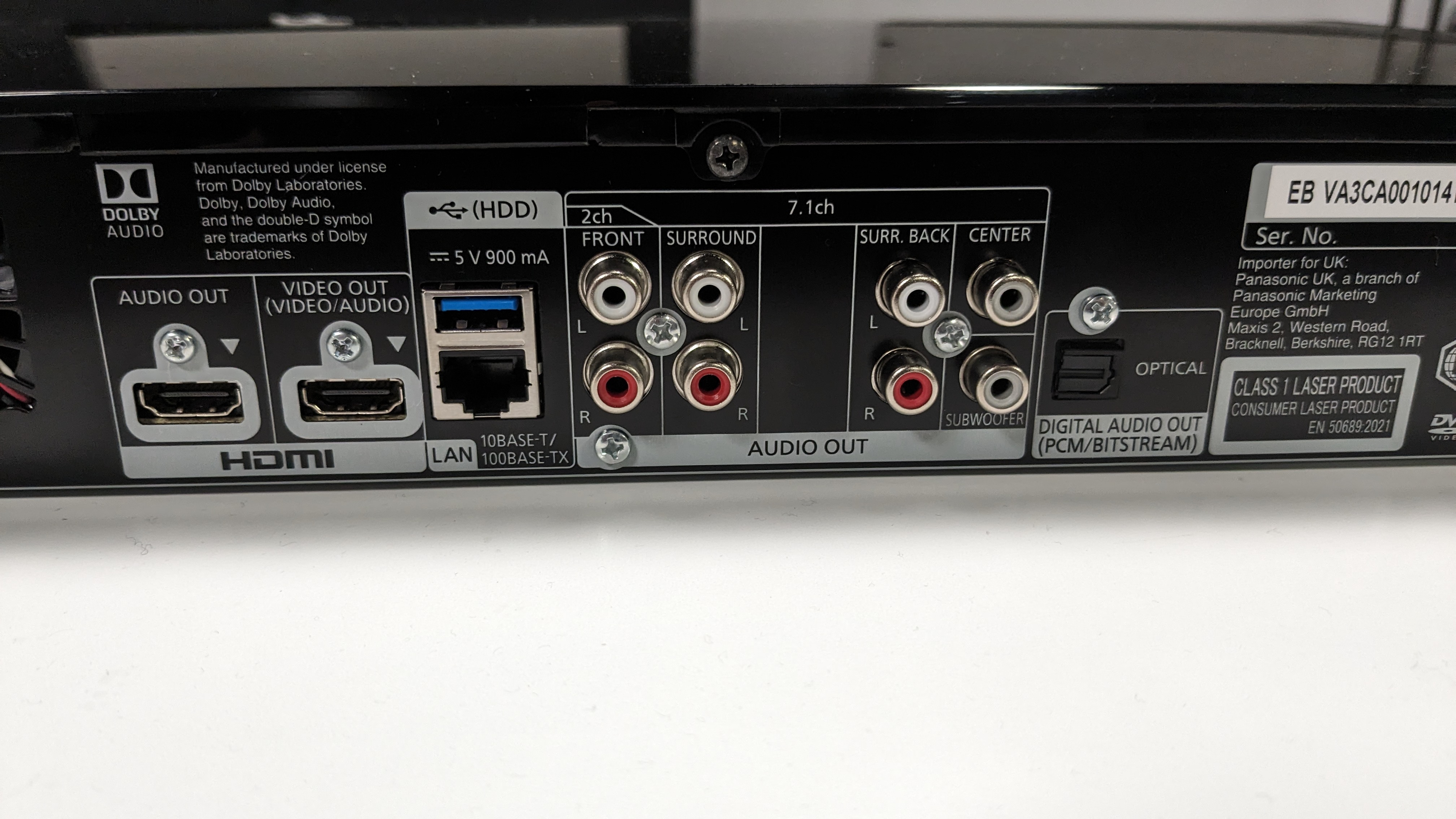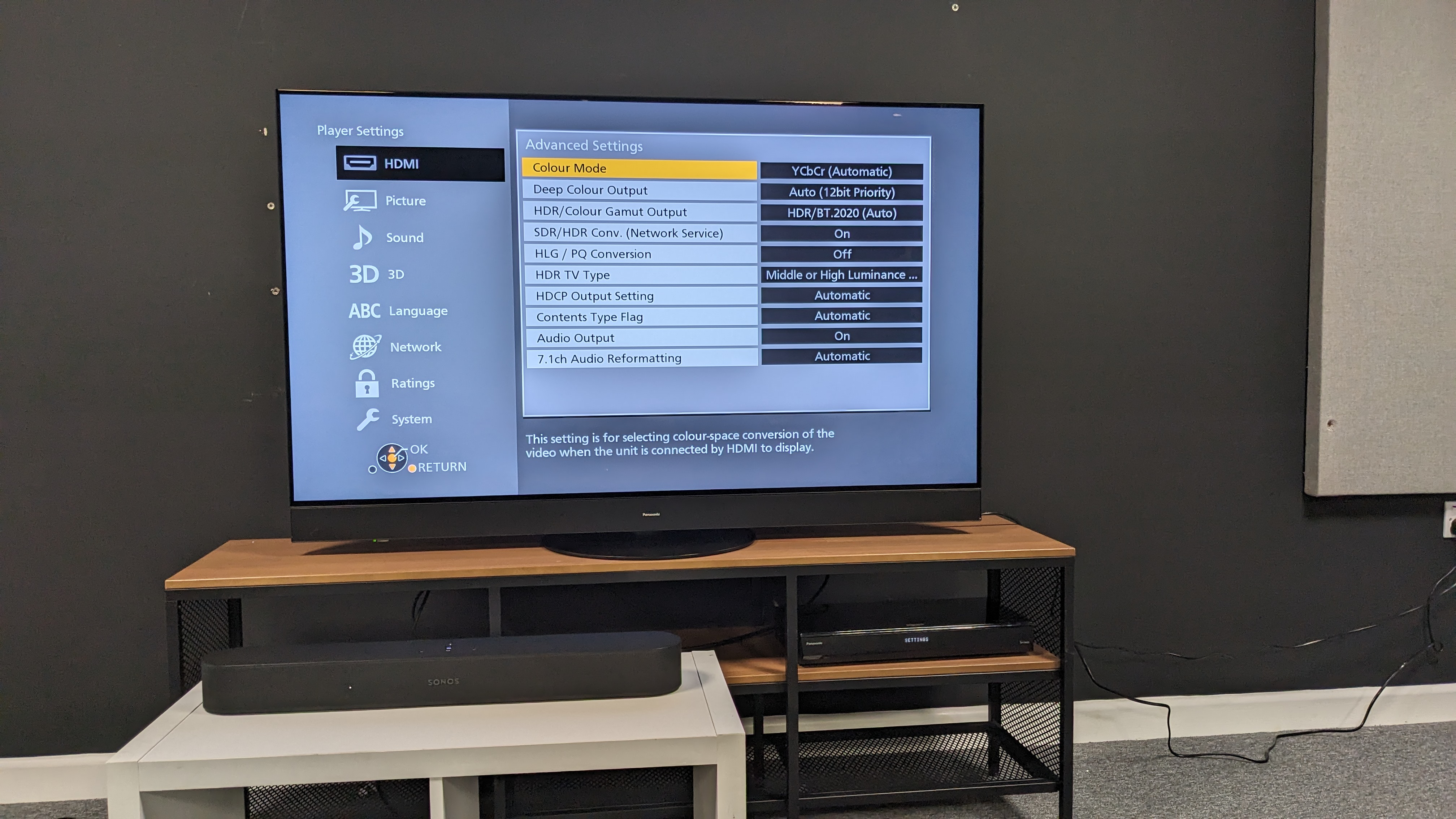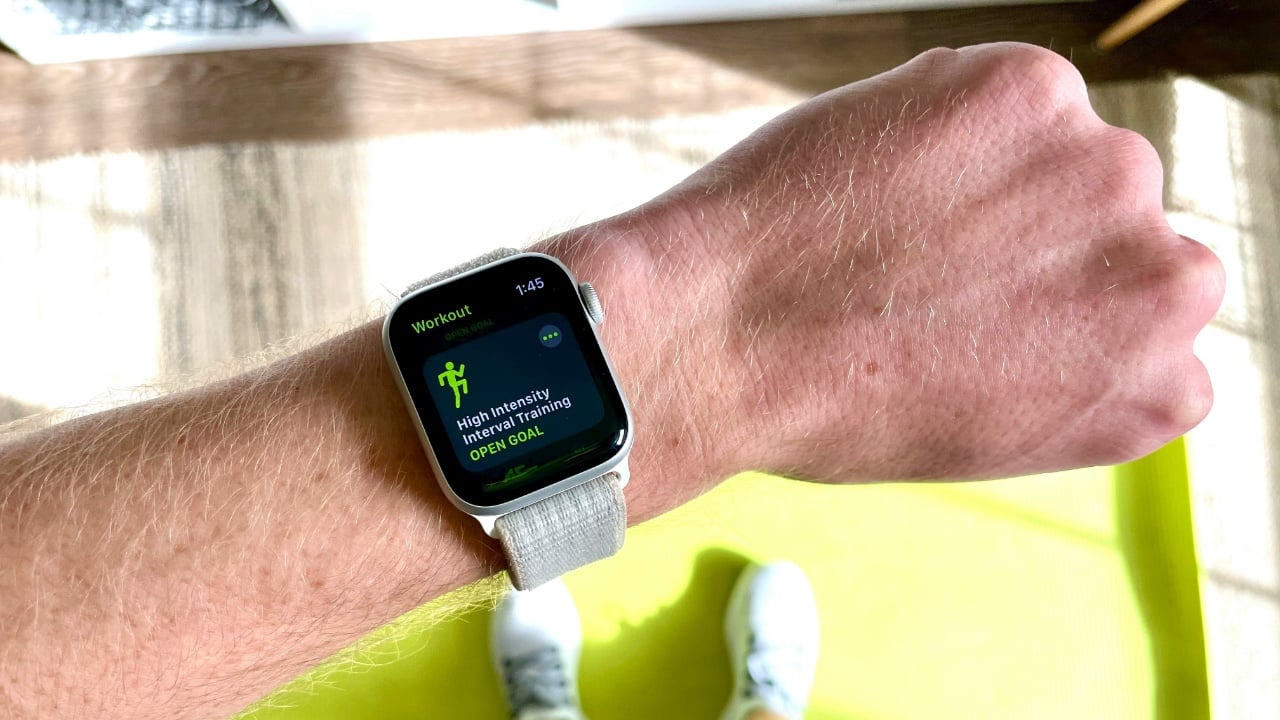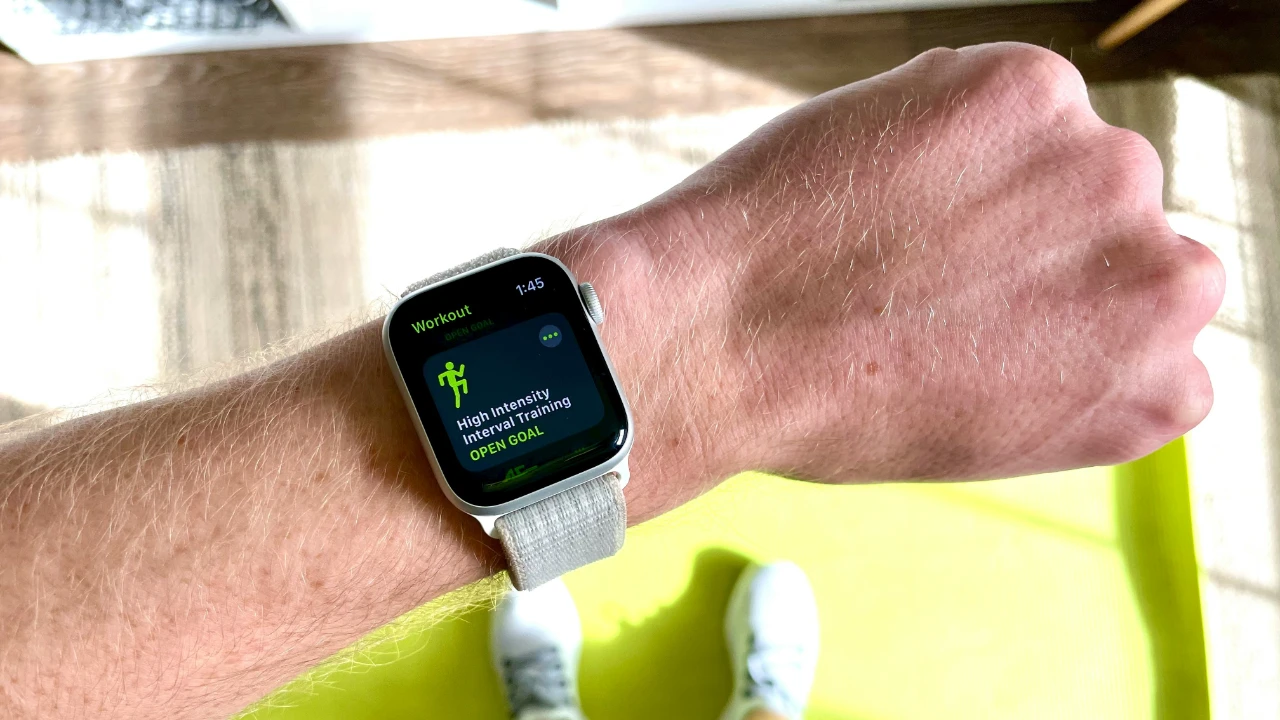[ad_1]
The Xbox Elite Wireless Controller Series 2 was recently dethroned by the Turtle Beach Stealth Ultra in our guide to the best PC controllers. While it still holds a spot on our list of the best Xbox controllers, where its intuitive native software gives it a narrow lead over the competition, we must now all reckon with the fact that the controller is not a particularly attractive proposition in 2024 thanks to an abundance of stronger or better-value alternatives.
As a quick refresher, the Xbox Elite Series 2 was originally released back in 2019 right at the tail end of the Xbox One’s life. It was initially a pretty compelling package, offering a ton of worthwhile improvements and ‘pro’ controller features that made for a major upgrade compared to the pad that came with the console. For starters, it boasted a more modern design that finally dropped the woefully outdated micro-USB port of the regular pad in favor of the more widely used USB-C, and contained a built-in rechargeable battery that made it easier and cheaper to keep charged.
The Elite Series 2 also felt better in the hands; thanks to its delightful textured grips and triggers. The ability to attach a versatile concave D-pad – a brilliant fit for everything from precision platformers to some of the best fighting games – also helped set this controller apart. Of course, the wealth of more high-end features on offer like the trigger locks, swappable thumbsticks, and removable back bumpers, then helped round out the offering and each did a lot to really justify that $179.99 / £159.99 / AU$249.95 price tag.
Held back

Now, times have changed and the Xbox Elite Series 2 has been left behind, with no refresh, update, or design overhaul for almost five years. This is a bit of a problem, as the arrival of the Xbox Series X and Xbox Series S brought a brand-new Xbox Wireless Controller that offers many of the best elements of the Xbox Elite Series 2 at a dramatically more affordable price.
For just $59.99 / £54.99 / AU$74.99, the new standard pad has USB-C support, a concave D-pad, and a comparable texture on the grips and triggers all by default. With the release of the official Xbox Play and Charge kit, not to mention a plethora of more recent high-quality third-party alternatives, you even have the option to add a rechargeable battery to your controller. In fact, doing so boasts the distinct advantage that, contrary to the Xbox Elite Series 2’s battery, the Play and Charge kit can be easily removed and replaced if it begins to degrade as the years go by.
These niceties certainly weren’t the only reasons to buy an Xbox Elite Series 2 but they elevated it from a niche high-end product to something that I would happily recommend to most players if they had the budget.
However, improvements to the standard Xbox gamepad are not the only thing putting pressure on the premium controller, as the third-party sphere is now overflowing with superb Xbox Elite Series 2 alternatives that offer similarly premium features often at substantially lower prices.
Returning to the Turtle Beach Stealth Ultra as a particularly recent example, this controller is just $20 / £20 more than the Xbox Elite Series 2 but manages to absolutely outclass it in almost every regard. On top of attractive RGB lighting and a useful color screen, it features far superior tactile buttons and modern Hall effect thumbsticks that offer enhanced durability and greater precision. After just a few years of intermittent use, the thumbsticks on my Xbox Elire Series 2 have already begun to suffer drift, meaning that the latter addition offered by the Stealth Ultra is comfortably worth the extra cost by comparison.
Better or cheaper
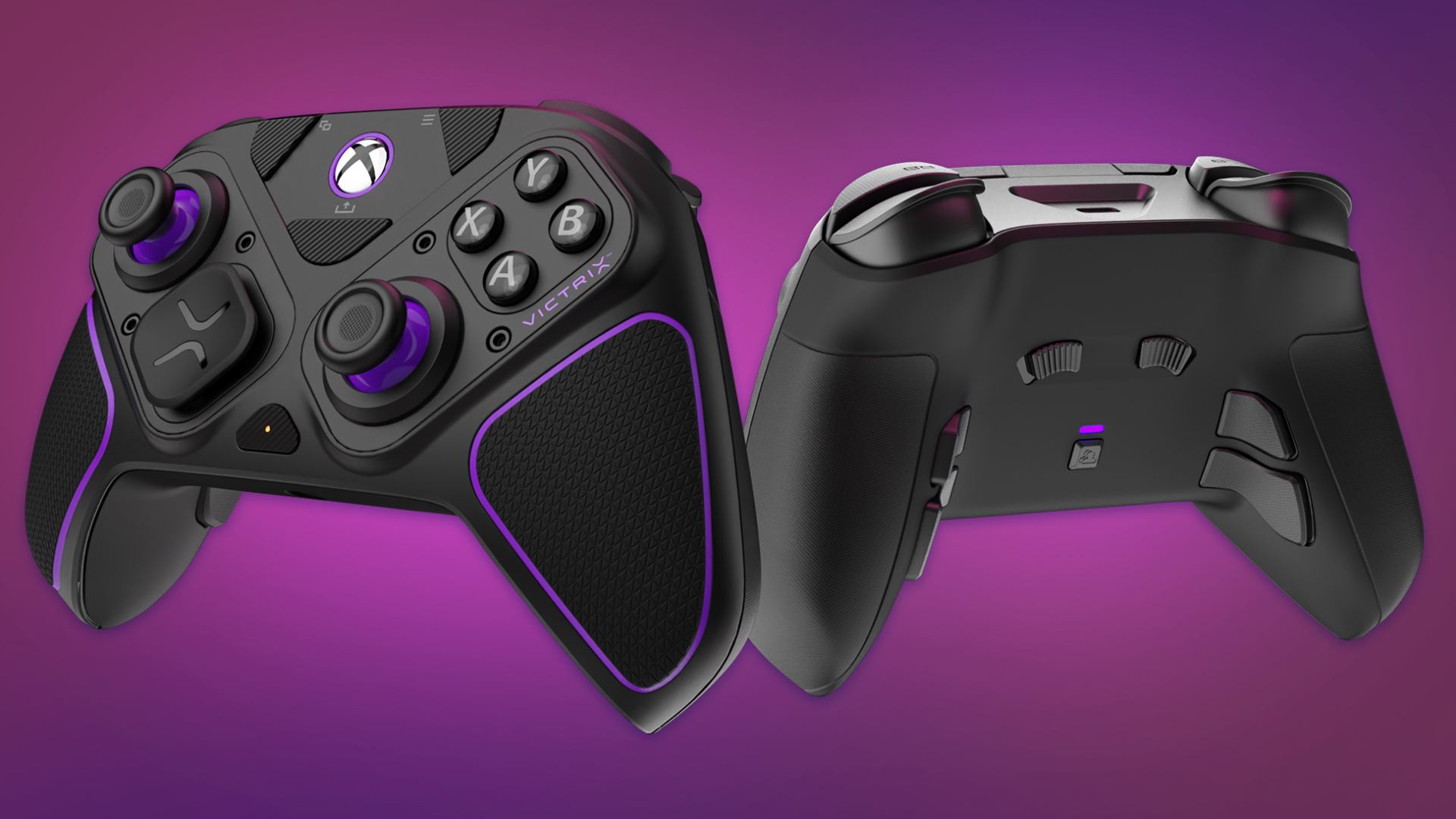
You then have options like the new Victrix Pro BFG, which retails for the exact same price as the Xbox Elite Series 2 but offers far greater versatility. On top of back paddles, trigger locks, and customizable thumbsticks, the whole controller sports a unique modular design that lets you fully customize the positions of its inputs.
If you want to play with a symmetrical layout like the DualSense Wireless Controller, you can simply move the position of the thumbstick modules. You even get a dedicated fighting game module included in the box, which dramatically improves the button layout and makes the controller a much better fit for fighting games. Some won’t appreciate the extra complexity of a modular controller, but, on the whole, I would say that it is the better option for most players.
Even when you start to look at some of the third-party controllers that are dramatically cheaper than the Xbox Elite Series 2, there are loads of strong picks. Take the Turtle Beach Recon, for example, which costs just under $59.99 / £49.99 but is absolutely packed with high-end features.
It’s got lovely tactile face buttons, a concave D-pad, two customizable rear buttons and useful audio equalizer (EQ) presets for a range of genres. Sure, the Turtle Beach Recon has the drawback of being a wired controller but that’s not going to be an issue for a lot of players. With the Recon, you’re getting a seriously comparable, and in some ways superior, experience for $120 / £110 less than the Xbox Elite Series 2.
This just scratches the surface of what’s out there and, if you’re willing to spend some time weighing up all the different models on the market, you’re sure to find an Xbox Elite Sense 2 controller alternative that can offer your most desired features at a lower price.
We’re now in a situation where more expensive controllers offer a far better experience, controllers that are the same price offer far more features and even much cheaper controllers manage to hold their own against the Xbox Elite Series 2. If Microsoft is going to stick to that five-year-old design, the controller is at the very least going to need a hefty price cut to keep it competitive.
Better still, the arrival of an improved Xbox Elite Wireless Controller Series 3 could put Microsoft back at the top of the pecking order. Until then, though, there isn’t really a good reason to choose an Xbox Elite Series 2.
If you’re interested in gaming hardware, check out our guides to the best gaming consoles and the best handheld games consoles.
[ad_2]
Source Article Link







